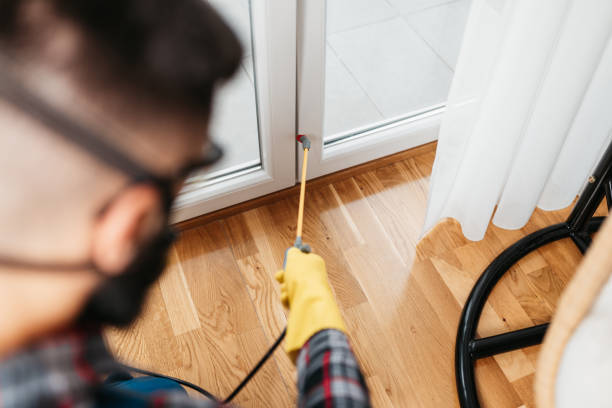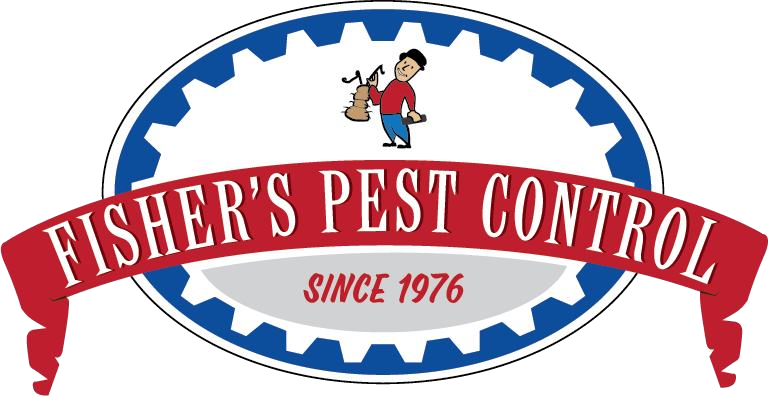Homeowners often overlook one of the most critical aspects of property maintenance, scheduling regular pest inspections. These routine evaluations not only protect a home’s structure but also preserve the health and comfort of those living within it. Whether it’s the risk of termites silently undermining your foundation or the hidden presence of roaches and rodents, undetected infestations can cause serious problems that escalate quickly.
Routine inspections help catch early-stage activity before pests become unmanageable. In Texas, where warmer weather can accelerate pest breeding cycles, proactive attention becomes even more necessary. A professional inspection is not simply a quick scan but also a methodical process of identifying vulnerabilities, locating pest activity, and recommending appropriate measures to ensure your home stays safe, clean, and structurally sound.

Why Inspections Are Not Just for Infestations
A common misconception is that pest inspections are only necessary when something goes wrong. In reality, waiting until an infestation is visible often results in more invasive treatment and costly damage repair. The truth is, most pests don’t give clear signals until they’re deeply embedded in your home’s ecosystem.
Regular pest inspection allows professionals to:
- Monitor high-risk zones like basements, attics, and crawlspaces
- Detect subtle indicators like droppings, chew marks, or nests
- Identify conducive conditions such as leaks, entry gaps, or clutter
- Establish a baseline activity to monitor seasonal fluctuations
These evaluations create a prevention-based approach instead of one that’s driven by crisis. When it comes to pests, what you don’t see can hurt you. This is especially important for homeowners trying to preserve property value and minimize long-term repair costs.
What Pests Should Texas Homeowners Watch For?
Texas homes face a wide range of pest threats throughout the year. Understanding which pests are most common in the region helps prioritize inspection efforts and mitigation strategies.
Among the pests most frequently found in local households are:
- Termites: These wood-destroying insects can compromise structural integrity before detection.
- Rodents: Mice and rats often nest inside walls or garages, contaminating food and spreading disease.
- Cockroaches: Known for their resilience, they thrive in warm, moist areas and multiply rapidly.
- Ants: Particularly difficult to eliminate once colonies are established within wall voids or foundations.
- Spiders: Some are harmless, but species like the brown recluse pose serious health risks.
- Wasps and bees: While some are seasonal, their nests can lead to painful encounters if not managed properly.
In many cases, these pests coexist undetected in insulation, behind appliances, or in dark storage spaces. Regular checks ensure they are addressed before reaching a critical level.
The Health and Safety Benefits of Early Detection
Beyond the physical damage pests can cause, their impact on health is a major reason for consistent inspections. Pests like cockroaches, rodents, and even certain types of ants can introduce allergens, pathogens, and other harmful contaminants into your living space.
Regular pest inspection supports a healthier home environment by:
- Reducing exposure to droppings, saliva, and urine from rodents
- Preventing cockroach allergens that aggravate asthma and respiratory issues
- Identifying hidden stinging insect nests near entryways or eaves
- Addressing signs of pests that can affect elderly or immunocompromised family members
If your household includes older adults, learn more about how to protect the elderly from pest-related issues. These groups are more vulnerable to infections and complications stemming from even low-level pest activity.
Common Pest Misconceptions That Inspections Clarify
Homeowners often fall prey to myths about pests that prevent them from taking action. Some assume pests disappear in winter, or that cleanliness alone is enough to prevent infestations. In reality, pests are opportunists, and they only need minor environmental cues like moisture, warmth, or access to take hold.
Routine inspections help dismantle these myths and provide clarity on:
- Hidden entry points that go unnoticed
- Why “seasonal” pests may actually remain year-round
- The limited effectiveness of DIY sprays and traps
- The value of consistent monitoring over one-time fixes
For more insight on popular pest myths, check out what household pest myths you should be careful about. Knowing fact from fiction can change how you approach pest prevention and reduce the chances of falling behind on crucial home maintenance.
Why Professional Inspections Work Best
While homeowners may notice signs of pests, professionals are trained to spot early-stage activity and patterns invisible to the untrained eye. An experienced inspector will assess both the interior and exterior of your property, using industry-grade tools and knowledge of pest behavior to craft a custom monitoring strategy.
Inspection outcomes often include:
- A detailed assessment report with visual findings
- Risk-level classifications for each area of your home
- Recommendations for treatment or environmental modification
- Scheduling of follow-up inspections based on pest type and season
Unlike ad hoc spot checks, a professional approach ensures your entire property is protected through all seasons. This structured method saves homeowners time, stress, and money by avoiding major infestations before they begin.
Ready to Stay a Step Ahead?
Pests don’t wait until it’s convenient for you to act. Keep your home protected year-round with expert monitoring that brings peace of mind. Reach out to Fisher’s Pest Control to schedule a comprehensive inspection tailored to your home’s needs. Their team is ready to help you create a pest-free environment with long-term protection in mind.





